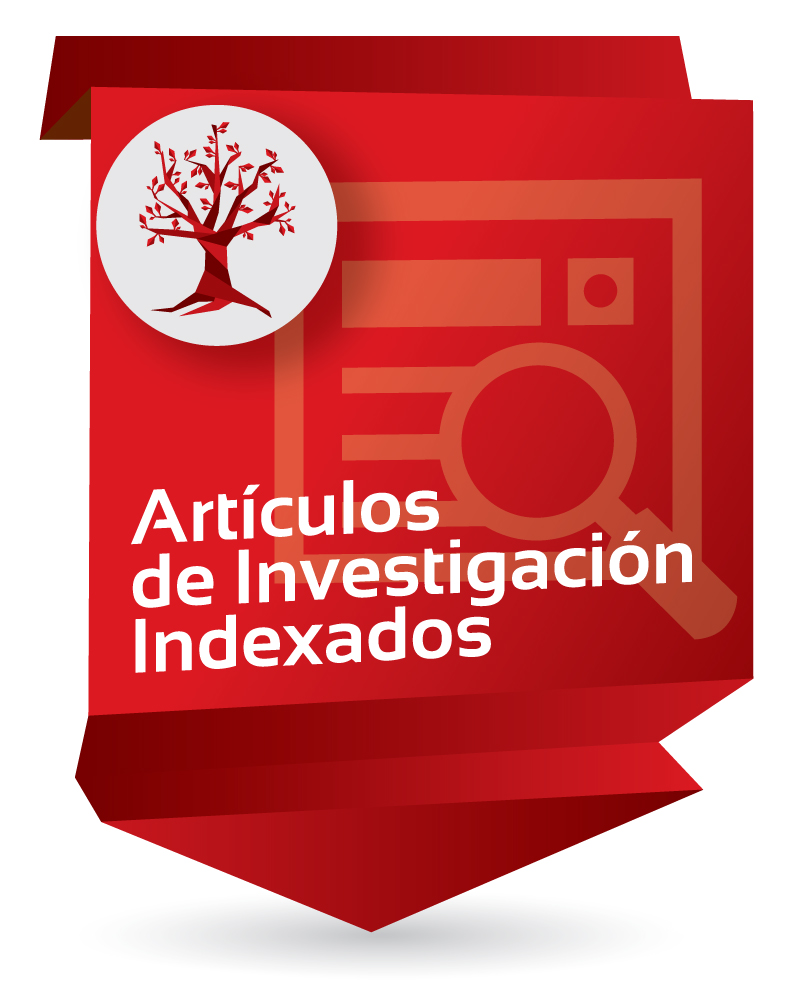Use of electrospinning technique to produce nanofibres for food industries: A perspective from regulations to characterisations

Item Links
URI: http://hdl.handle.net/10818/48309Visitar enlace: https://www.sciencedirect.com/ ...
ISSN: 0924-2244
DOI: 10.1016/j.tifs.2019.01.006
Compartir
Statistics
View Usage StatisticsBibliographic cataloging
Show full item recordDate
2019-01-06Abstract
Background
Electrospinning is a novel technique for producing nanofibres (NF) having food applications. Reported methodologies have implied using non-food-grade compounds or treatments involving toxic solvents which have not been approved by current food-related regulations.
Scope and approach
This review has been focused on research which fulfilled requirements concerning food-grade compounds. The state of the art regarding electrospinning, its advantages, solution and process conditions and characterisation have been analysed in terms of providing suitable conditions for producing NF (i.e. a regulatory emphasis). The current state of characterisation regarding NF (especially focusing on compounds encapsulated in them). NF encapsulation efficiency regarding human digestion has been studied by in vitro release assays. Nanotechnology normativity worldwide have also been reviewed.
Key findings
Electrospinning applicability concerning food depends on its composition; a pertinent amount of research has involved using toxic solvents and crosslinking treatment which are not approved by the FDA. It is a novel technique in the food field (little food-related research was found) and operational conditions have encouraged its use. It has been detected that information has been missing regarding NF characterisation methodologies; this has led to the non-reproducibility, non-repeatability and misinterpretation of results. Some recommendations have thus been made. Static NF release models were found; they could provide evidence about the safety. However, dynamic release models are needed for developing clearer regulations concerning nanostructured matrices for food. Even so, many countries have developed norms or made some progress towards creating a normative framework. Finally, trends, applications and novel biopolymers were discussed.
Ubication
Trends in Food Science & Technology Volume 85, March 2019, Pages 92-106
Collections to which it belong
- Facultad de Ingeniería [580]

















